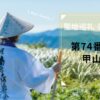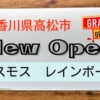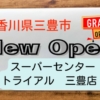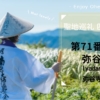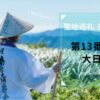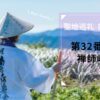【Japan tourism】 Shikoku 88 temple pilgrimage trip [No.60] Isgizutisan Hukutiin Yokomineji
Yokomine-ji Temple is located on the hillside (750m) of the Ishizuchi Mountain Range (1,982m above sea level), the highest peak in western Japan, and is the third highest of the sacred sites in Shikoku. It was once known as the most difficult place for pilgrimage.
Since the forest road was completed in 1984, it is now possible to drive to the parking lot 500m away from the precincts, but the road is closed in winter and large buses cannot enter all year round.
Yokomineji
| Principal image | Dainichi Nyorai |
| Honzon mantra | On abiraunken bazaradadoban |
| Denomination | Shingon Suddhism Omuro sect |
Place
Temple lodging: none
Phone:0897-59-0142
〒799-1112
2253 Ishizuchiko, Komatsu-cho, Saijo City, Ehime Prefecture
Gosyuin(red stamp)
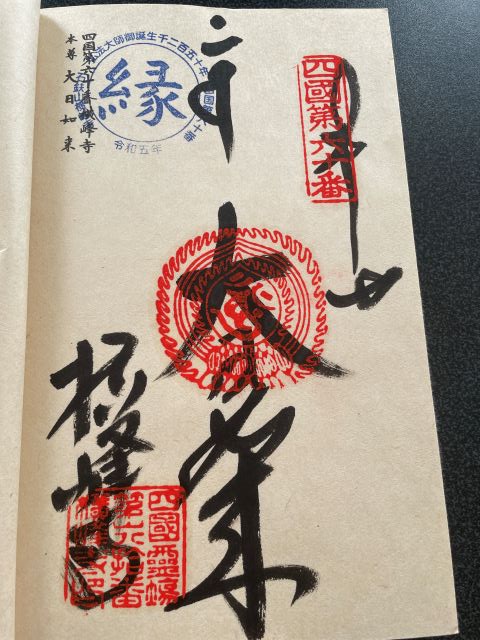
History
It is said that in the 2nd year of Hakuchi, when En no Gyoja was training in Hoshigamori on Mt. Ishizuchi, Zao Gongen appeared near the summit. It is said that En no Gyoja carved his figure into a rhododendron tree and built a small hall to enshrine it.
Mt. Ishizuchi has long been a sacred place for mountain worship, and during the Enryaku era, a monk named Syakusen Shonin lived there. It is said that the hermit was given the title of bodhisattva because he successfully cured the brain disease of Emperor Kanmu.
Currently, the name of the mountain is Mt. Ishizuchi, but in the old days, it was called “Bukkouzan" after the principal image of the Buddha, Dainichi Nyorai.
From 806 to 810, Kobo Daishi held a star memorial at this temple to ward off evil and pray for good luck. At this time as well, he sensed that Zao Gongen appeared, and Daishi established the hall and designated it as a sacred place.
The temple was abandoned by the new Meiji government’s anti-Buddhism edict, but was finally rebuilt in 1909.
Highlight
【main hall】Gongen-zukuri in the style of a shrine. The gilt-bronze Zao Gongen statue from the Heian period is enshrined, and together with the seated statue of Dainichi Nyorai, it is an important cultural property designated by Ehime Prefecture.
【Hoshiku Daishi】He holds a sword in his right hand and a star scroll in his left hand.
It is about 14 km (about 50 minutes by car) to the next 61st bill place “Kouenji"!
